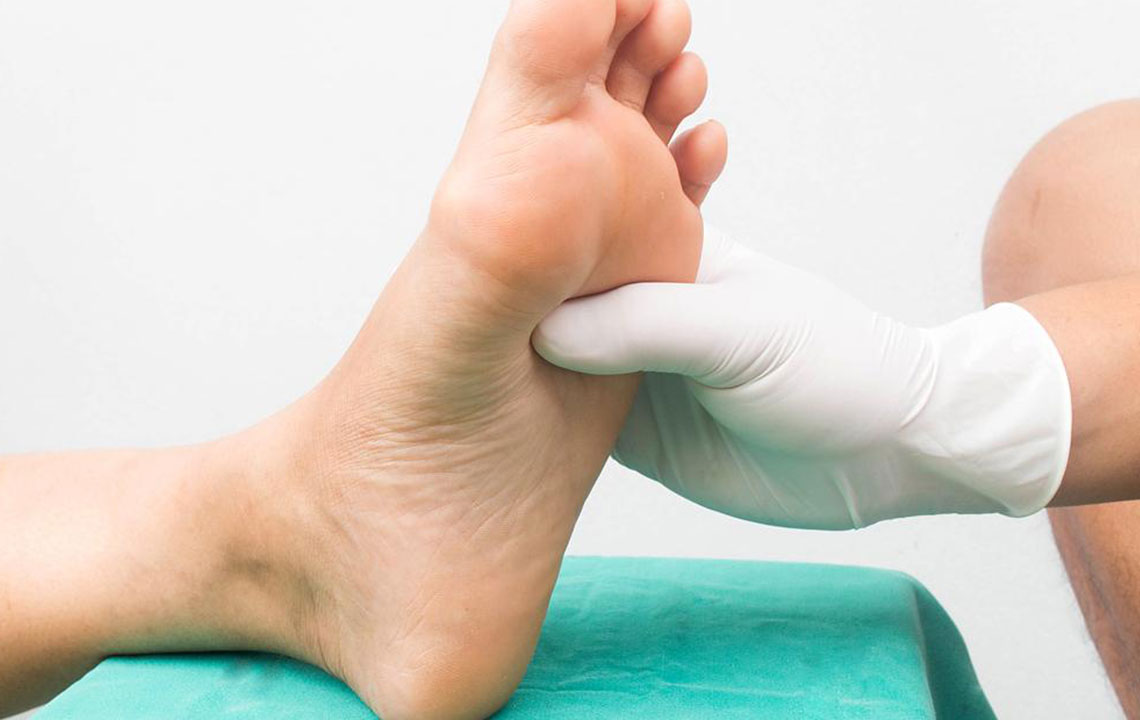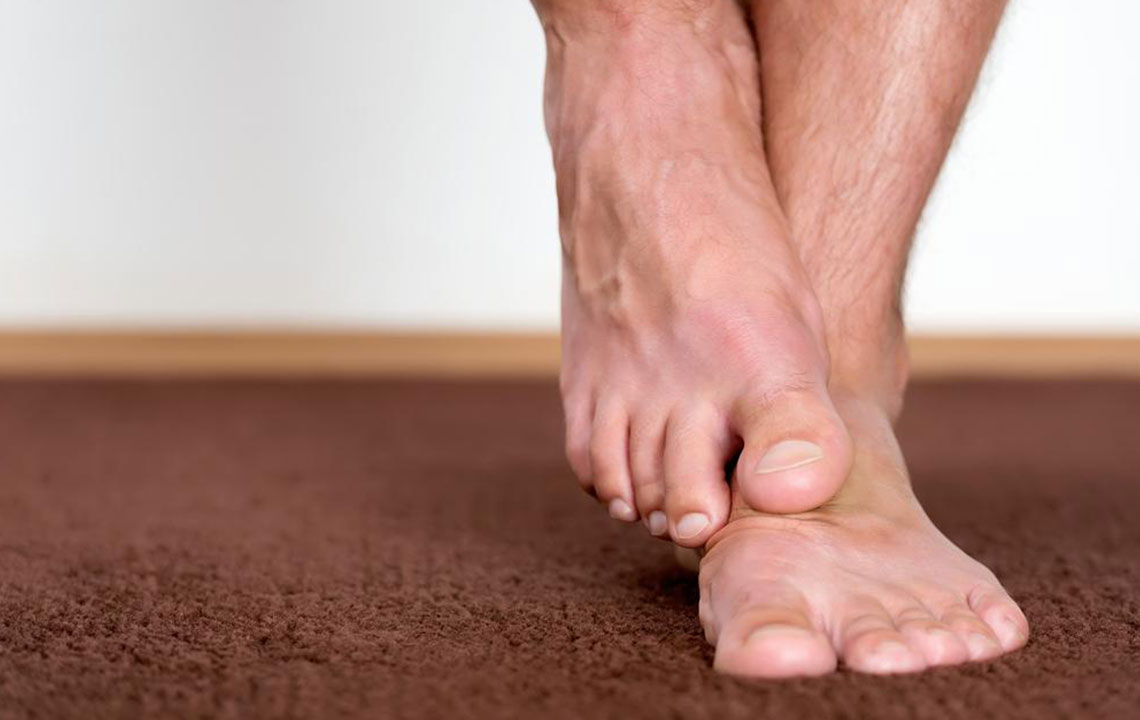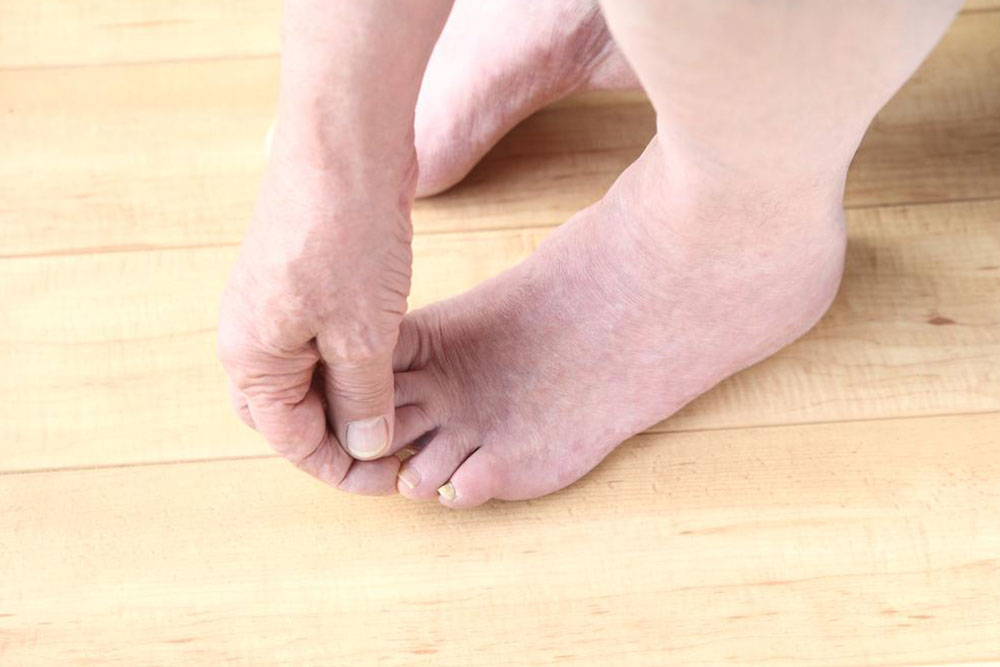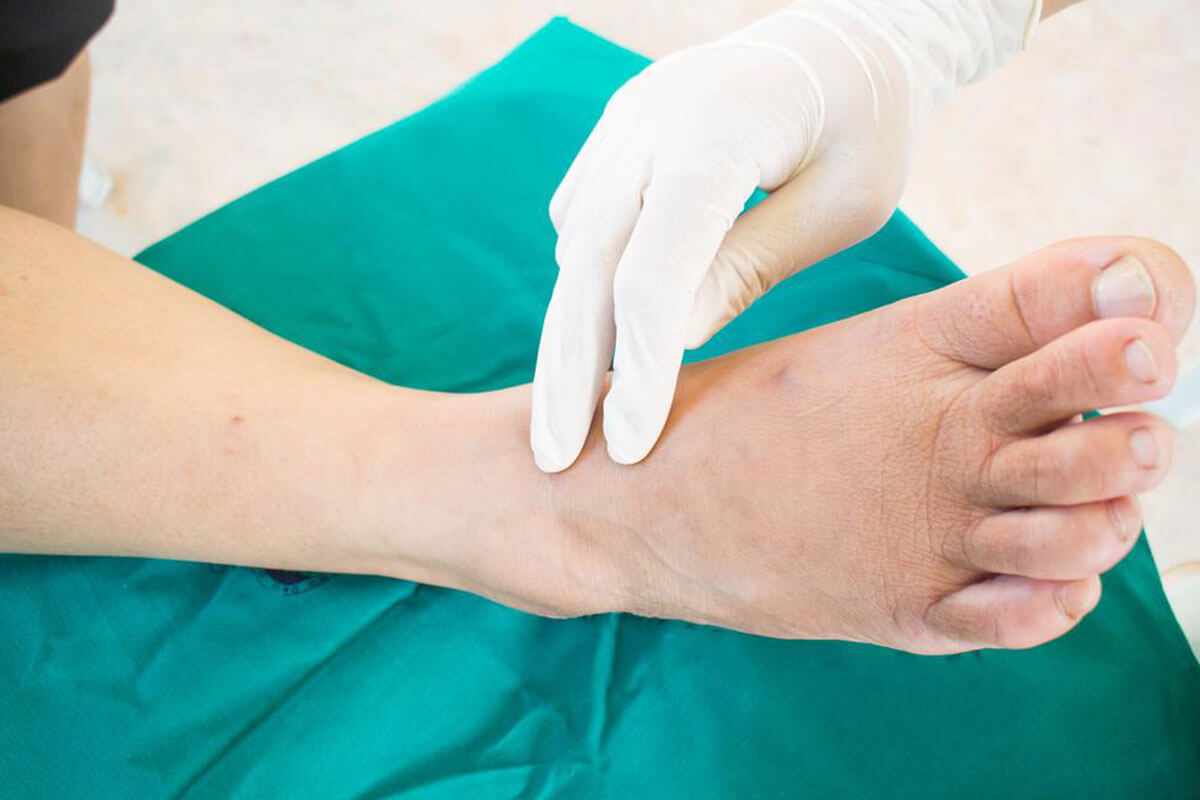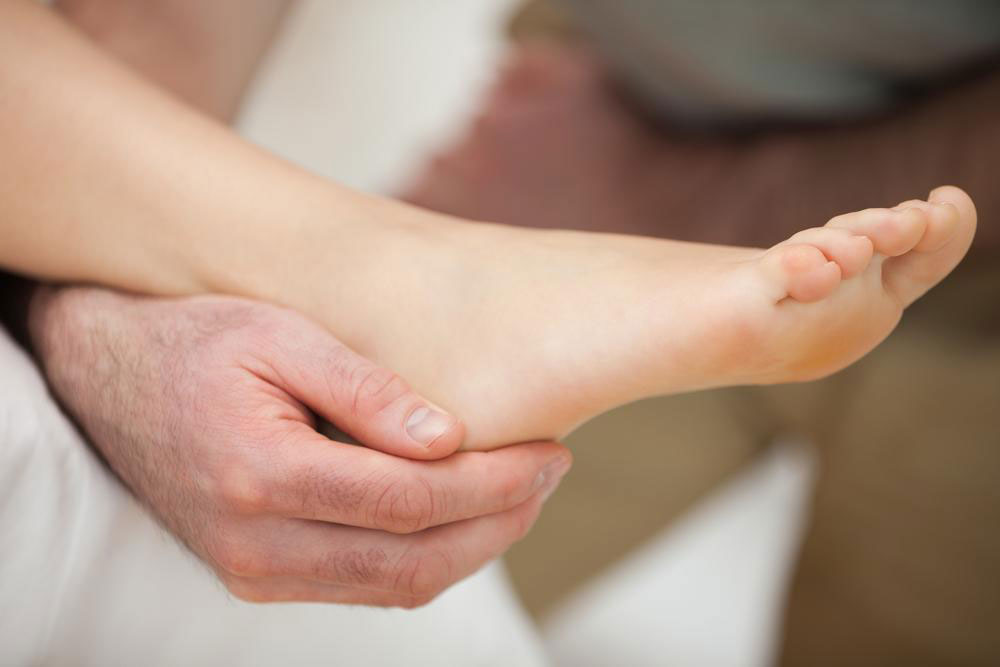Proven Strategies for Managing Diabetic Foot Complications
This article covers effective strategies for managing diabetic foot problems, emphasizing prevention, proper foot care, and prompt medical consultation. It highlights common issues like fungal infections, nerve damage, and structural deformities, providing practical tips to keep feet healthy. Maintaining good blood flow and hygiene, selecting appropriate footwear, and daily moisturizing play vital roles. Early intervention can prevent severe complications like ulcers or amputations. Proper care and regular check-ups are essential for individuals living with diabetes to minimize foot-related risks and ensure overall well-being.
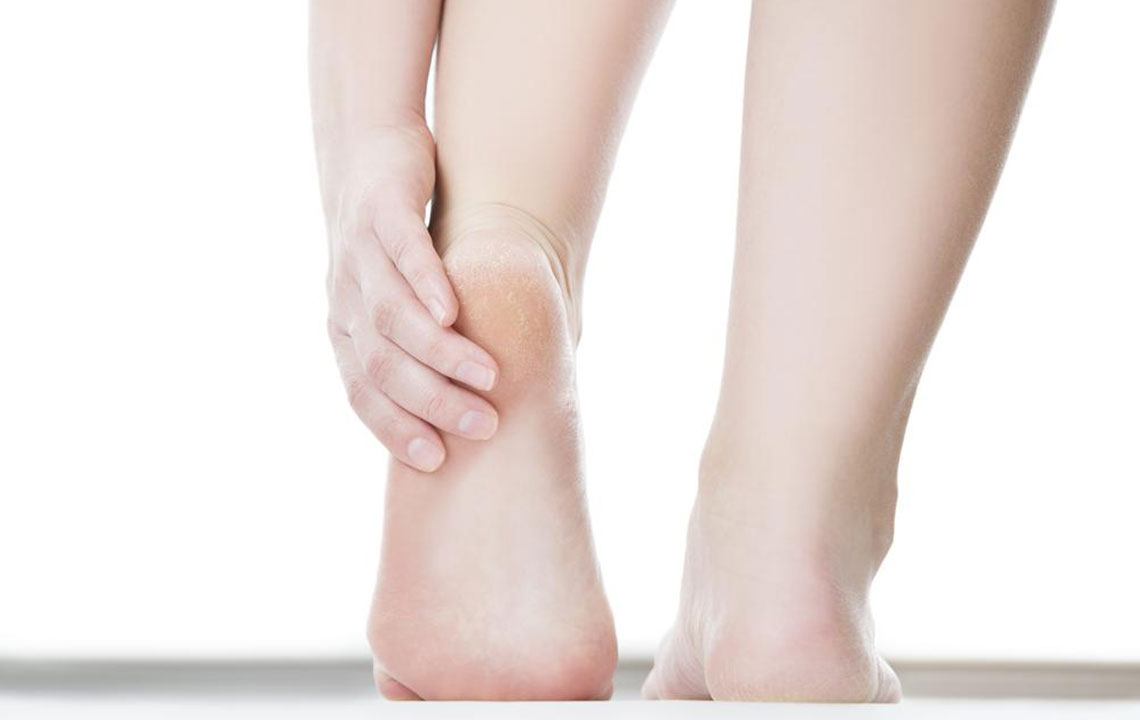
Strategies for Managing Foot Issues in Diabetic Patients
Diabetic foot problems stem from complications associated with diabetes, a condition where insulin production or effectiveness is impaired. Insulin is essential for converting dietary glucose into energy. A deficit leads to high blood sugar levels, which can cause various health issues, including foot complications. Diabetic foot can range from minor cuts to severe cases requiring amputation. Prevention is key: inspecting your feet daily and avoiding injuries are vital steps in managing this condition.
Two main causes contribute to diabetic foot issues: decreased oxygen and nutrient delivery due to poor blood flow, and nerve damage, known as peripheral neuropathy, which results in numbness and increases the risk of sores and infections.
Nail Fungal Infections
This occurs from bacterial invasion, producing redness, discoloration, pain, and crumbling toenails. If untreated, the infection can spread to other nails, skin, and even fingers, impairing mobility and causing painful ingrown nails.
Muscle and Joint Damage
Diabetes may harm nerve pathways, leading to muscle weakness, joint pain, and numbness. These issues can disturb walking patterns and limit foot sensation, posing long-term health risks.
Calluses and Corns
Hard skin formations, often from uneven weight distribution or footwear friction, can cause foot misalignment but are treatable with proper care.
Bunions
Deformities where the big toe drifts toward the smaller toes, inflaming and reddening the joint, often due to pressure from tight shoes, especially heels. Severe cases might require surgical correction or devices to realign the toes.
Dry Skin
Cracked, dry skin provides entry points for germs, with heels especially vulnerable. Regular moisturizing helps maintain healthy skin and prevent infections.
Preventive Tips for Diabetic Feet:
Moisturize daily: Keeps skin healthy and prevents cracks.
Daily foot hygiene: Wash with warm water; dry thoroughly; use powder to reduce moisture.
Care for calluses and corns: Gently exfoliate with pumice stone to prevent pain and sores.
Choose proper footwear: Well-fitting shoes and socks prevent infection and pressure issues, reducing the risk of complications.
Maintaining good blood circulation via regular activity and toe exercises is crucial. If symptoms worsen, seek medical advice promptly. Managing diabetes effectively is essential to prevent serious foot problems — don't neglect your feet!

